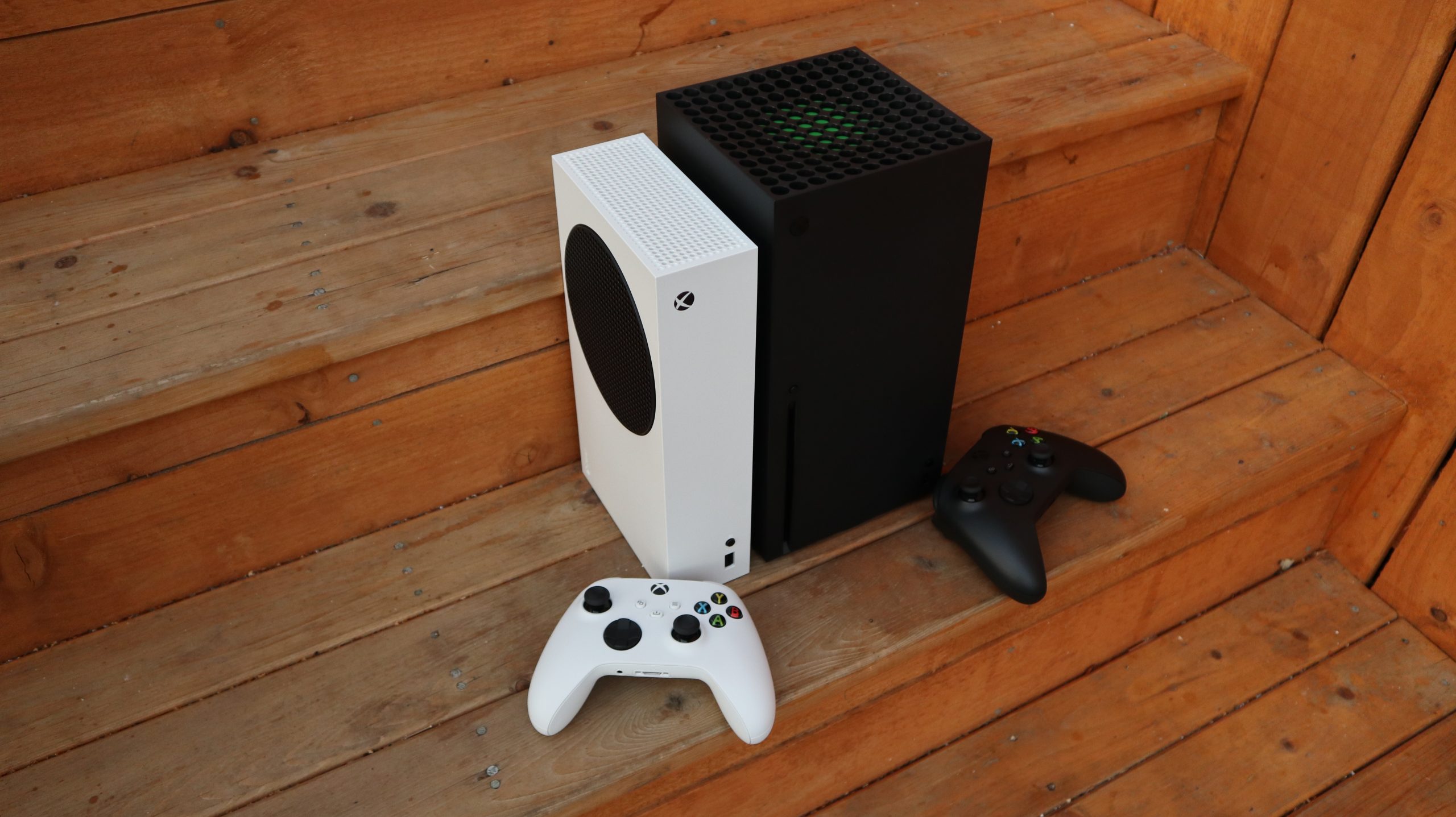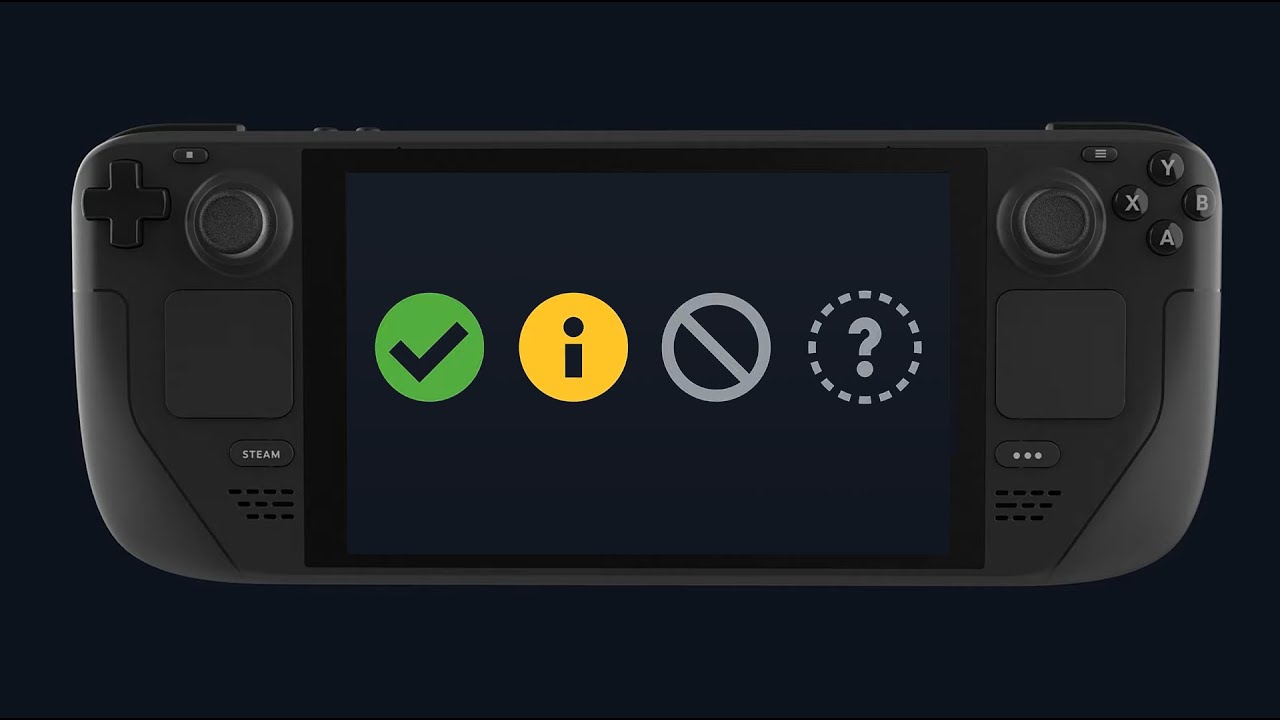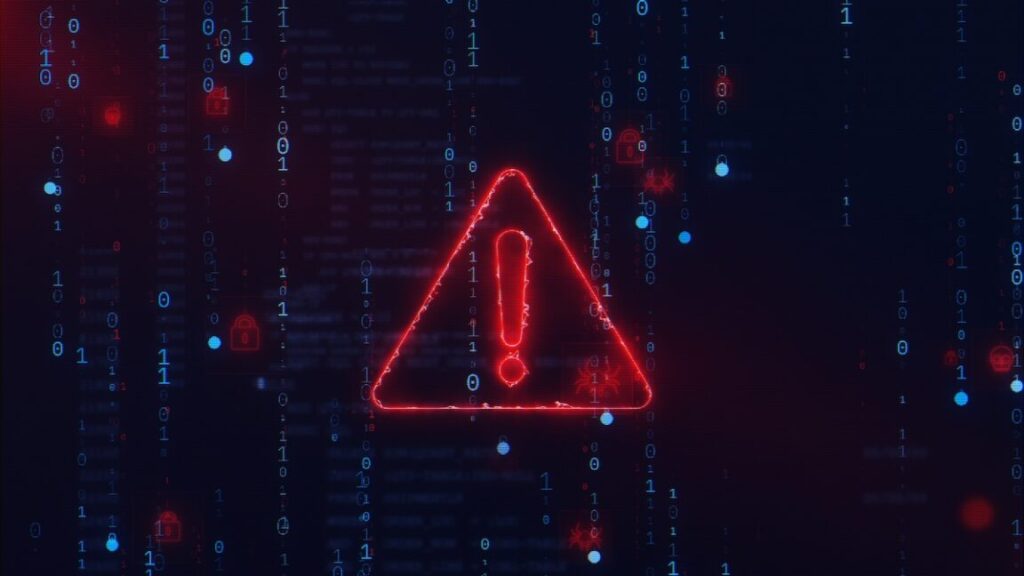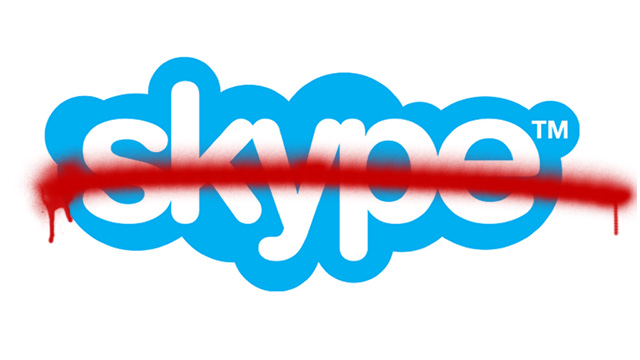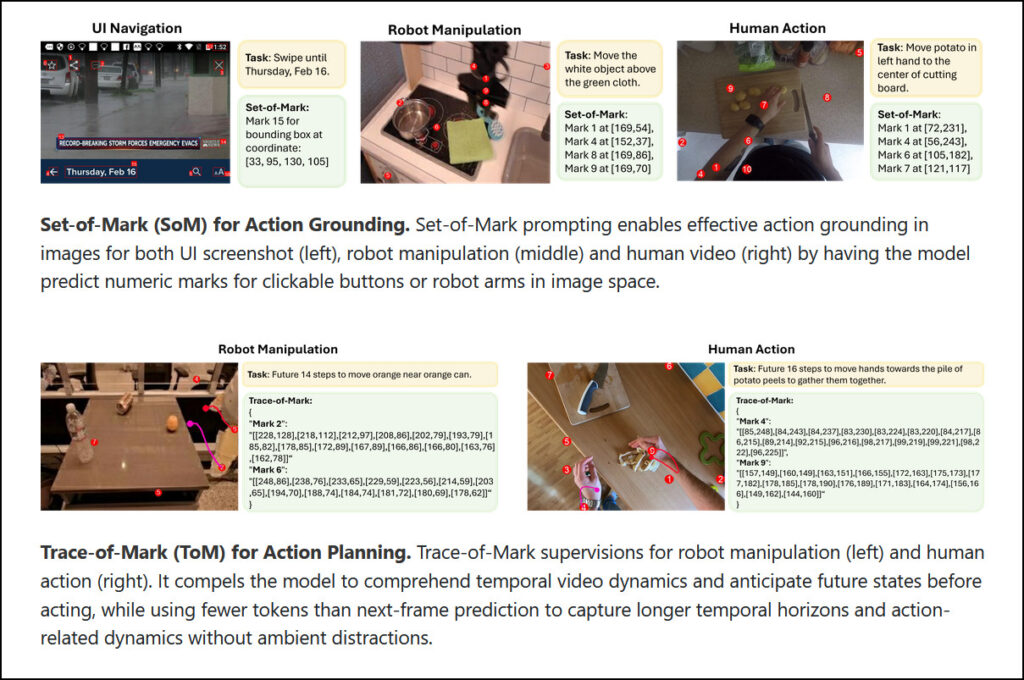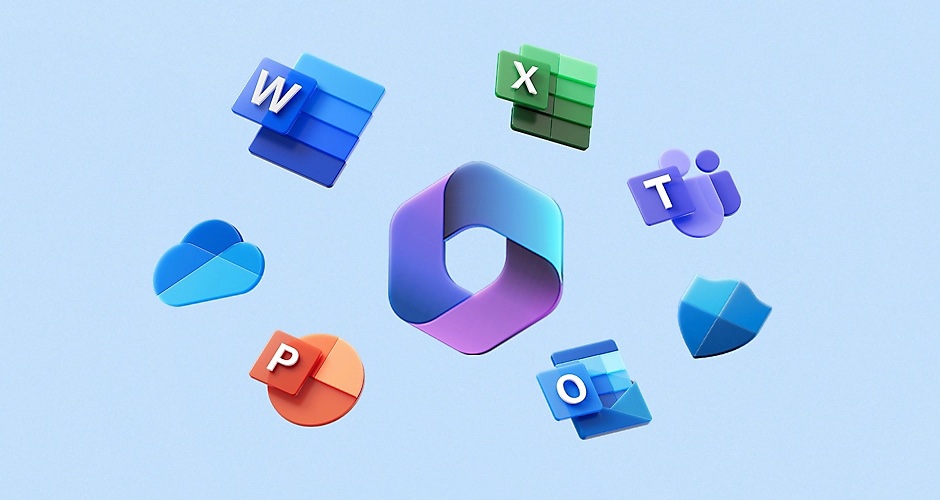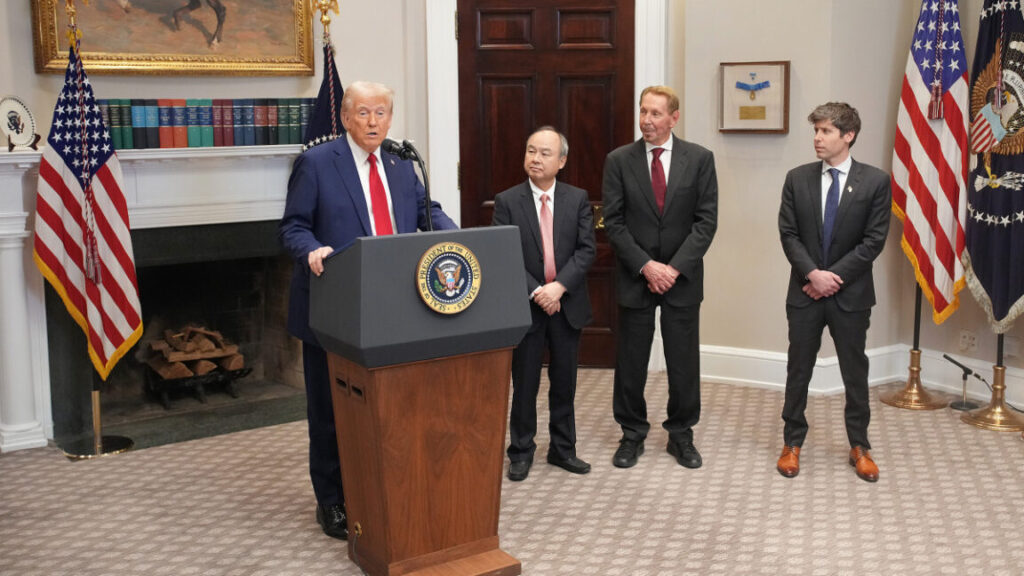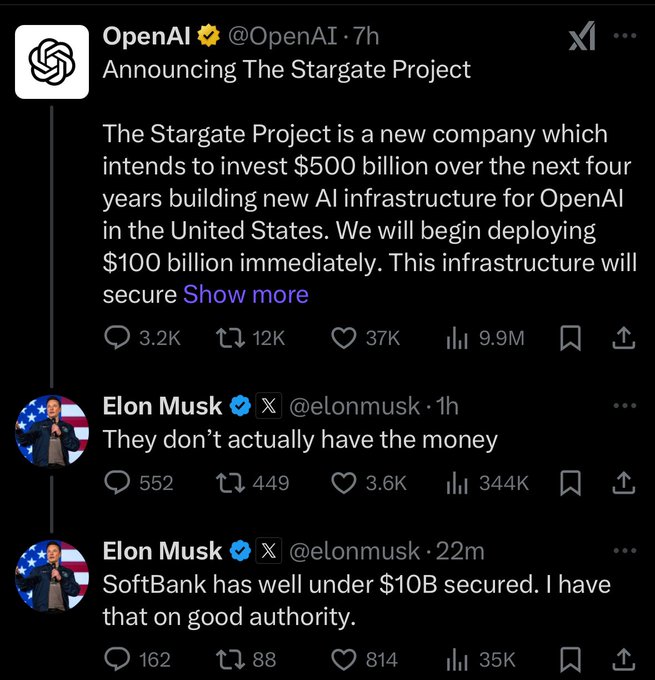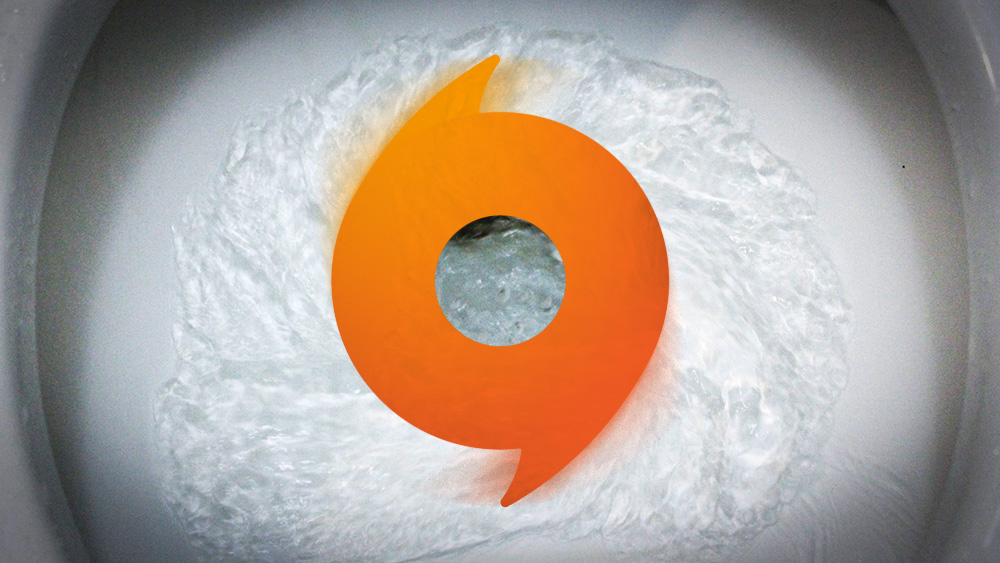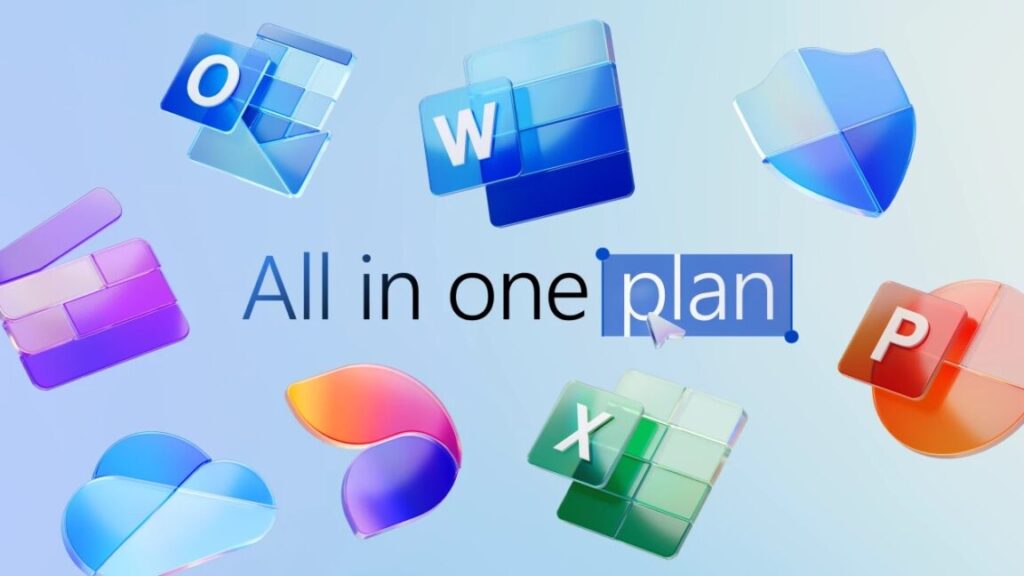Six ways Microsoft’s portable Xbox could be a Steam Deck killer
Bring old Xbox games to PC
The ultimate handheld system seller. Credit: Microsoft / Bizarre Creations
Microsoft has made a lot of hay over the way recent Xbox consoles can play games dating all the way back to the original Xbox. If Microsoft wants to set its first gaming handheld apart, it should make those old console games officially available on a Windows-based system for the first time.
The ability to download previous console games dating back to the Xbox 360 era (or beyond) would be an instant “system seller” feature for any portable Xbox. While this wouldn’t be a trivial technical lift on Microsoft’s part, the same emulation layer that powers Xbox console backward compatibility could surely be ported to Windows with a little bit of work. That process might be easier with a specific branded portable, too, since Microsoft would be working with full knowledge of what hardware was being used.
If Microsoft can give us a way to play Geometry Wars 2 on the go without having to deal with finicky third-party emulators, we’ll be eternally grateful.
Multiple hardware tiers
One size does not fit all when it comes to consoles or to handhelds. Credit: Sam Machkovech
On the console side, Microsoft’s split simultaneous release of the Xbox Series S and X showed an understanding that not everyone wants to pay more money for the most powerful possible gaming hardware. Microsoft should extend this philosophy to gaming handhelds by releasing different tiers of portable Xbox hardware for price-conscious consumers.
Raw hardware power is the most obvious differentiator that could set a more expensive tier of Xbox portables apart from any cheaper options. But Microsoft could also offer portable options that reduce the overall bulk (a la the Nintendo Switch Lite) or offer relative improvements in screen size and quality (a la the Steam Deck OLED and Switch OLED).
“Made for Xbox”
It worked for Valve, it can work for Microsoft. Credit: Valve
One of the best things about console gaming is that you can be confident any game you buy for a console will “just work” with your hardware. In the world of PC gaming handhelds, Valve has tried to replicate this with the “Deck Verified” program to highlight Steam games that are guaranteed to work in a portable setting.
Microsoft is well-positioned to work with game publishers to launch a similar program for its own Xbox-branded portable. There’s real value in offering gamers assurances that “Made for Xbox” PC games will “just work” on their Xbox-branded handheld.
This kind of verification system could also help simplify and clarify hardware requirements across different tiers of portable hardware power; any handheld marketed as “level 2” could play any games marketed as level 2 or below, for instance.
Six ways Microsoft’s portable Xbox could be a Steam Deck killer Read More »


